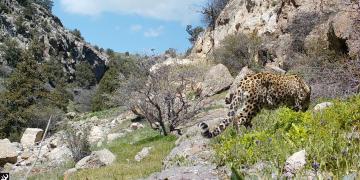Improve the construction of the access and benefit-sharing system for biogenetic resources
Promote the implementation of benefit-sharing policy
Conduct a baseline survey on biological genetic resources and related traditional knowledge
Protect biogenetic resources and related traditional knowledge
Promote benefit-sharing between enterprises and local communities/residents
Holding activities to build capability and improve awareness
